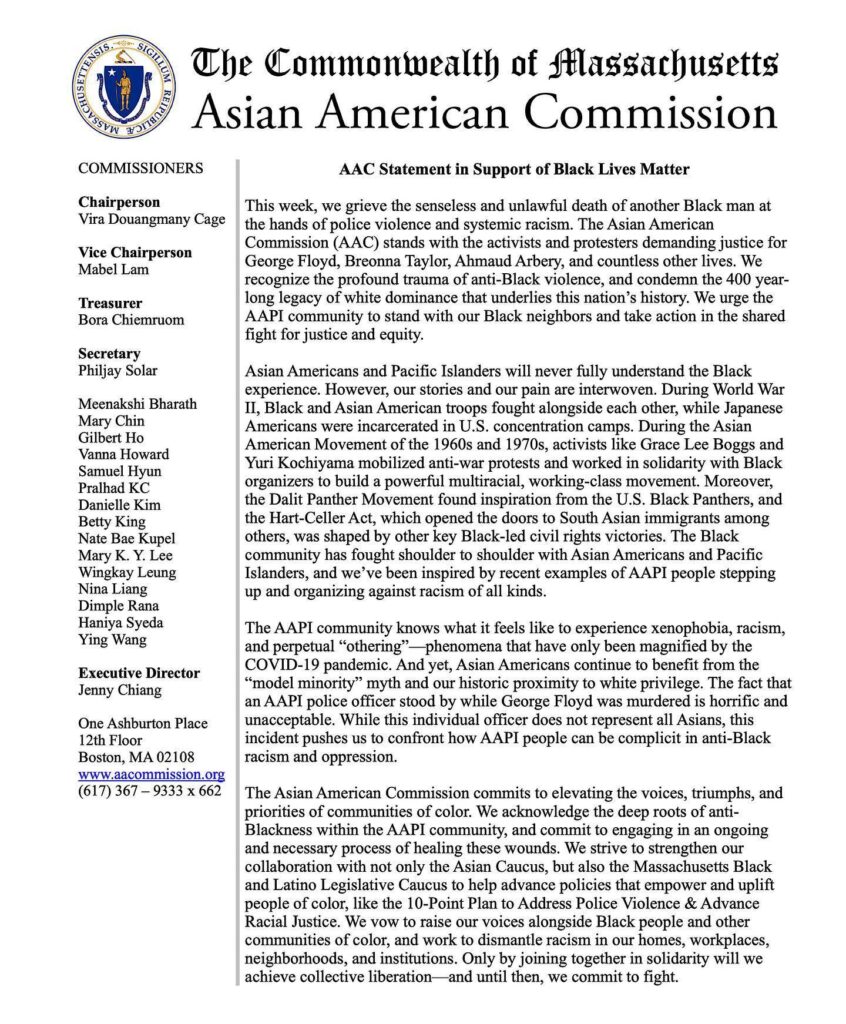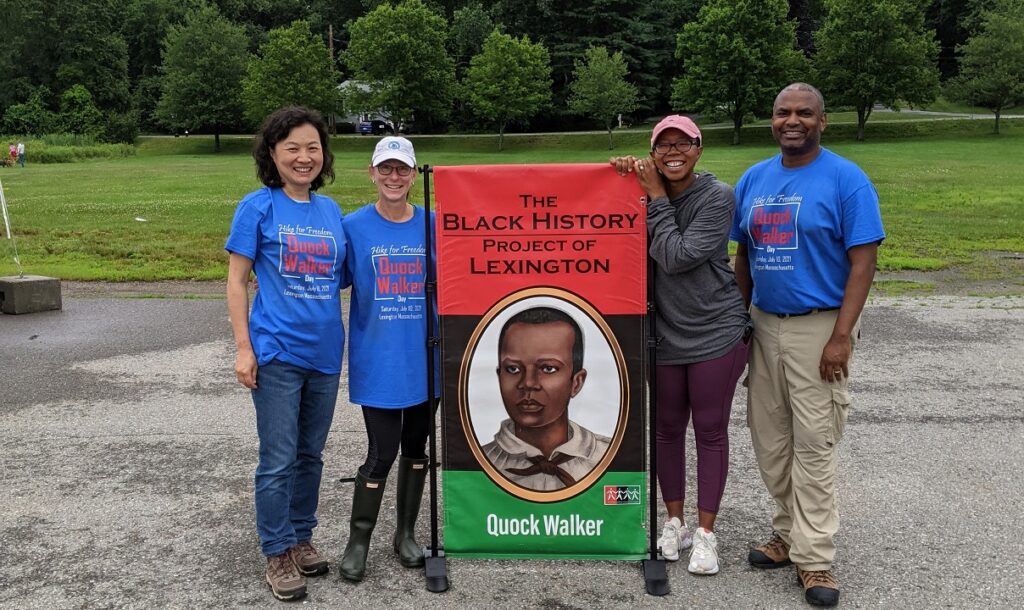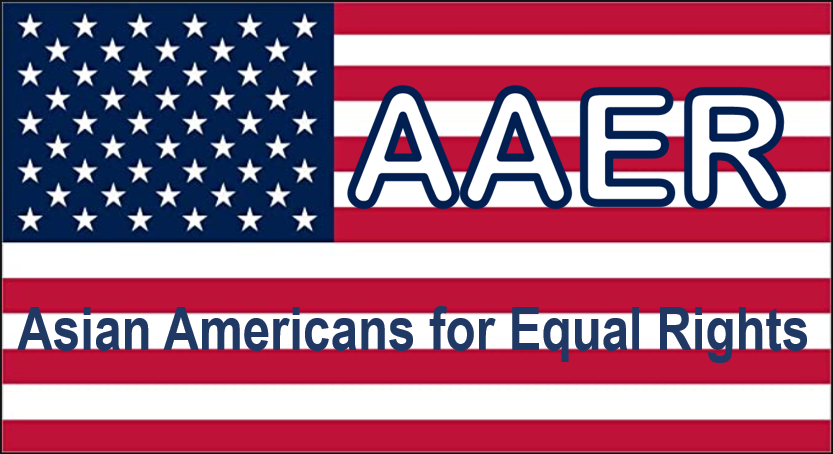What Is Critical Race Theory?
As with many theories, believers of the Critical Race Theory span a wide range.
On the moderate side, Critical Theory Theory believes that racism does exist, and our history is shaped by many forces including racism. There are systems of power that can make it difficult to combat racism.
The AAER agrees that it is important to recognize the existence of racism in history and today. At the same time, it is also important to recognize that many forces come into play in shaping our society, and racism may or may not play a significant role in a specific situation.
The more extreme branches of the Critical Race Theory emphasize on systems of power and oppression, that people are either oppressors or oppressed based on their race. A classic example is the Statement from the Commonwealth Asian American Commission that states that Asian Americans benefit from historic proximity of white privilege (see image below).

It is one thing to show empathy and solidarity; it is another to denigrate others in the process. It is one thing to say some Asian Americans have racist thoughts (as with any other group); it is another to overgeneralize it. In any case, who gets to decide whether Asian Americans are white adjacent or black adjacent? Why do we have to be adjacent to another group?
Racism Is A Matter of Right vs. Wrong
We believe racism is a matter of right versus wrong, not one racial group against another. Even during the dark eras of the Chinese Exclusion Act, many stood up against it.
- In 1879, Senator Hannibal Hamlin of Maine said, “I shall vote against this measure, and I leave that vote the last legacy to my children that they may esteem it the brightest act of my life.”
- In 1882, Representative William Rice of Massachusetts said, “against this bill as it now stands . . . I can only utter my final protest, and say that I know it must fail because all the principles of justice and of equity . . . fight against it.”
- In 1902, Senator George Hoar of Massachusetts said, “I hold that every human soul has its rights, dependent upon individual personal worth and not dependent upon color or race… As this bill violates that principle, I am bound to record my protest, if I stand alone.”
Another inspirational story is Quock Walker, an African American slave who sued for and won his freedom in 1781. It was impressive that Quock Walker took the initiative to sue the slave owner (who was white), and it was just as impressive that the jury and the judge (mostly white if not all), sided with Walker. Once again it proves that racism is a matter of right versus wrong, and when we fight against racism, the focus should be on the action itself. Just as racism can come from people of all colors, our allies in fighting against racism also come from people of all colors.
On July 10th, 2021, the Association of Black Citizens of Lexington (ABCL) hosted the first annual Quock Walker Day Hike for Freedom, to commemorate the legacy of Quock Walker.

How Does Anti-racist Activism Affect Interracial Couples?

Ye Pogue published an article on how the anti-racism activist would affect interracial couples like her and her husband. Click here for the article.
